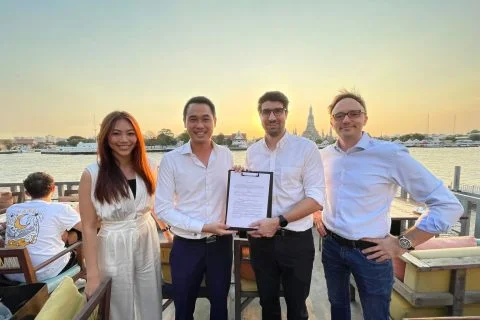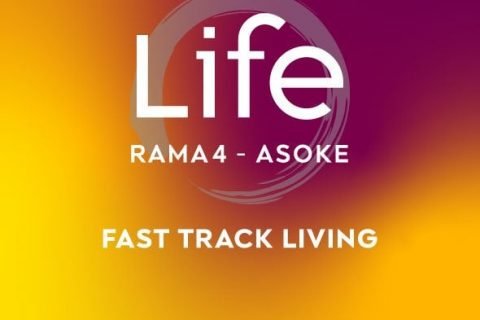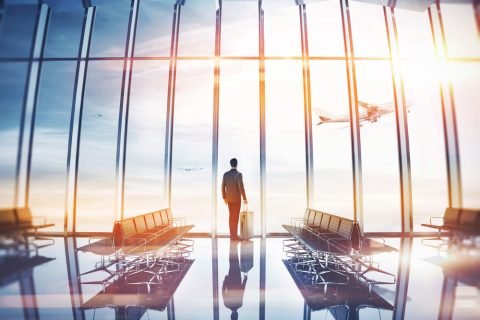A combination of urban development factors are contributing to the gradual decentralization of Bangkok. These include urban realities, such as the growing scarcity and the hiking price of developable land plots, to more practical lifestyle issues such as the intense traffic gridlock that plagues Bangkok’s Central Business District (CBD).
The result, Bangkok’s leading commercial and residential developers are encouraged to explore and make forays into non-prime and non-central locations dubbed “peripheral areas”. This trend has given rise to a handful of residential and commercial hubs outside of Bangkok’s traditional CBD.
Two competing neighborhoods caught-up in this wave of development and decentralization, are Bangsue in Northern Bangkok and Bangna in Eastern Bangkok!
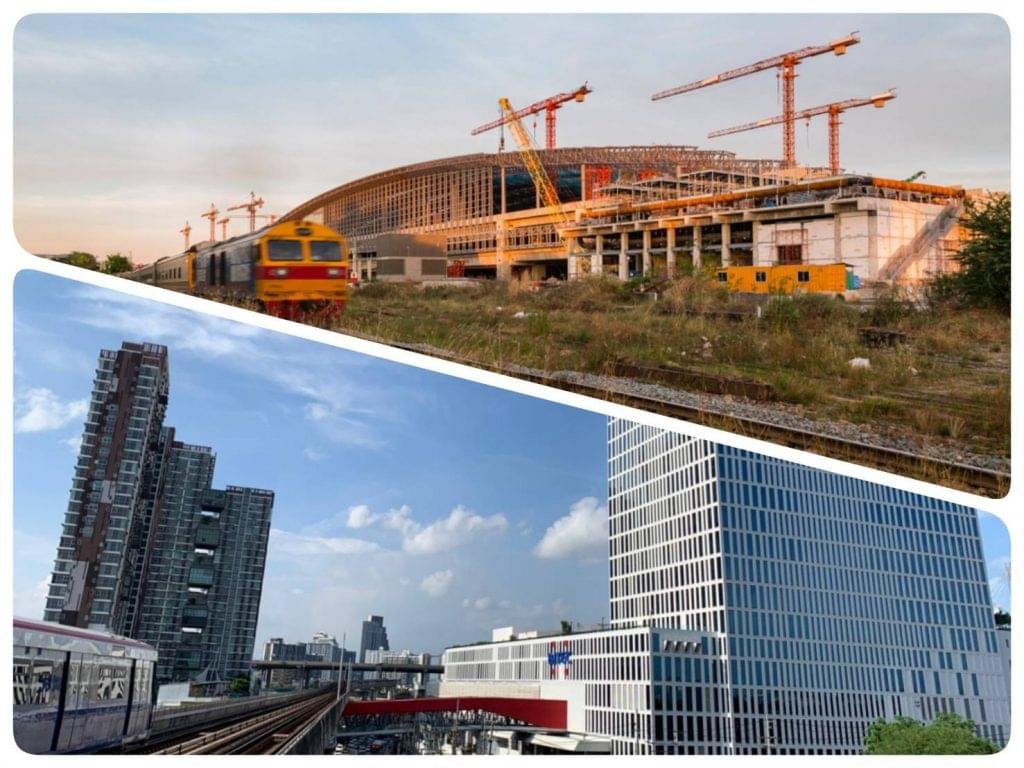
The Next Residential Hotspot? Bangsue or Bangna?
Both neighborhoods are emerging as important transport and commercial hubs; on the one hand Bangsue will soon welcome the Bangsue Grand Station and host BTS/MRT mass transit interchanges; on the other hand, Bangna is consolidating its position as Bangkok’s gateway to the Eastern Economic Corridor (EEC).
Bangna
Located along the Bangna-Trat – Chonburi Expressway south of Suvarnabhumi Airport, this booming logistics hub connects the airport and Khlong Toei Seaport with downtown Bangkok and the many industrial plants in Samut Prakan province known as the Eastern Economic Corridor.
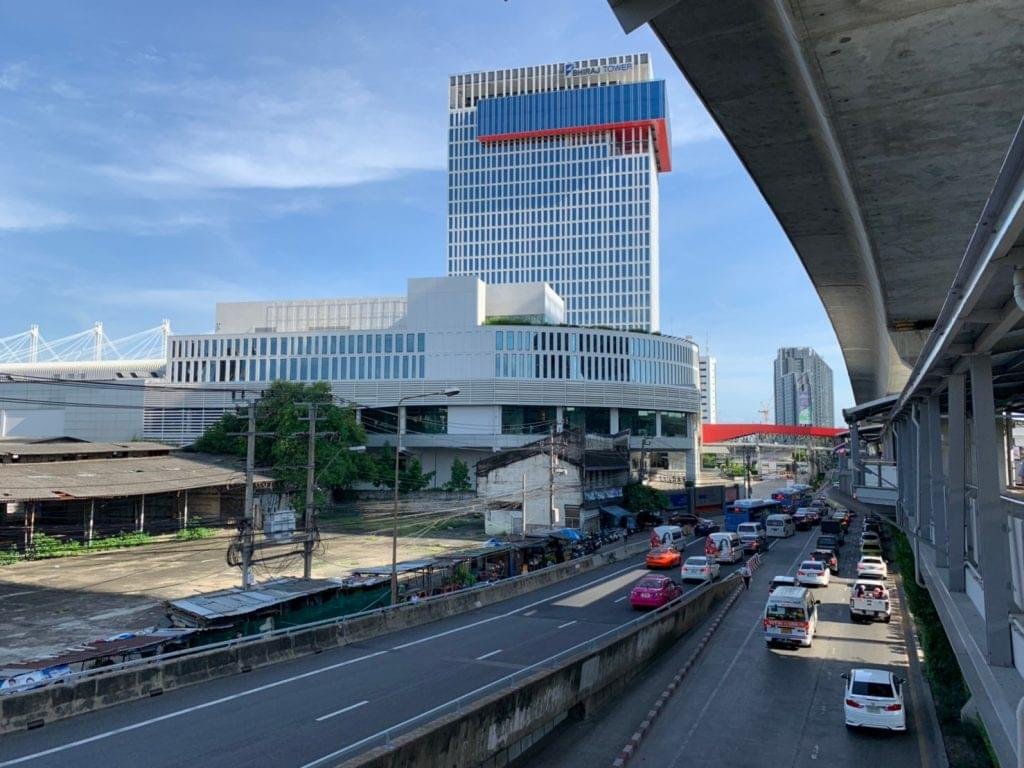
Numerous large shipping and logistics companies maintain expansive distribution centers in the area. This includes Kerry Logistics Network, a national logistics provider with over 600 distribution centers across Thailand; its 36,000 sqm Bangna Logistics Center is located near Bangna-Trat km 19. CJ Logistics, South Korea’s largest logistics company, has also selected this strategic location to setup its Bangna Mega Hub. This complex is a new 71,900-sqm state-of-the-art logistics center that will start operations in mid-2019.
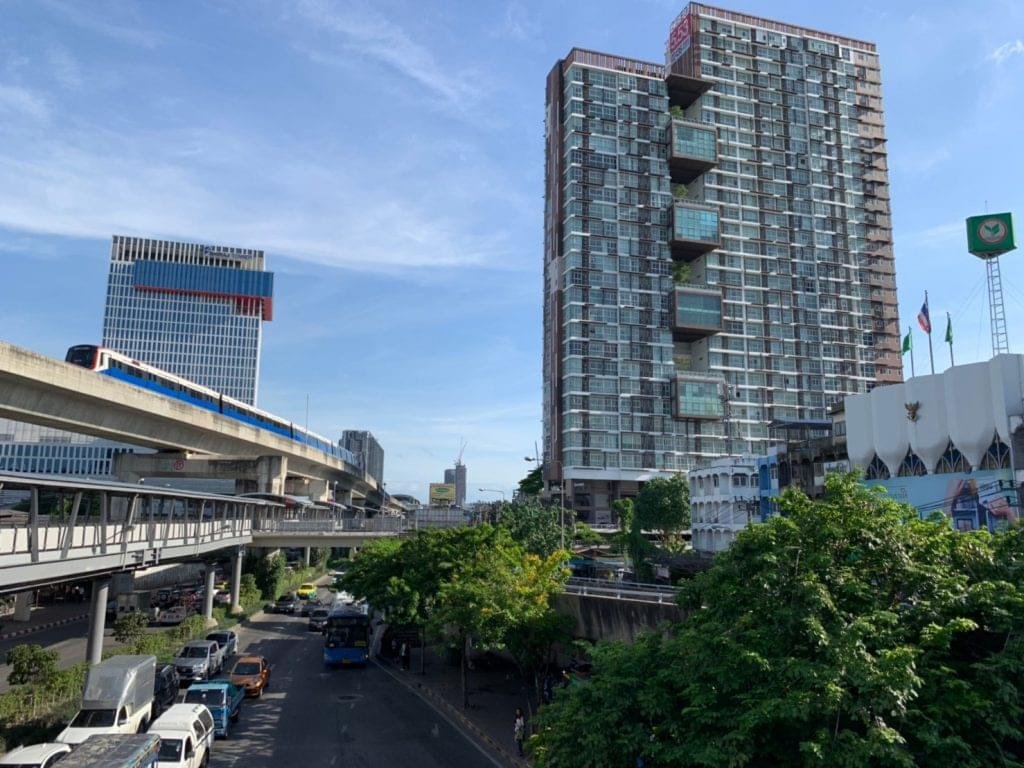
New residential projects are following in the wake of this commercial growth. Since 2009, over 7,800 residential units have been built. Of special interest is The Forestias, the world’s first property development integrated with a natural forest ecosystem. Scheduled for completion in 2022, the 300-rai mixed-use lifestyle project includes detached housing, low-rise and high-rise condominiums and retail and office space, plus a health center, innovation center, forest pavilion, learning center and community space.
Serving these new residents, Bangkok Mall will become Southeast Asia’s largest shopping and entertainment complex when it opens in 2023. The 650,000-sqm facility includes a mall, cinema, exhibition center, amusement and water parks, offices and residential rental units. Meanwhile, Mega Bangna Mall is undergoing a major expansion, adding new shopping and office space, two hotels, condominiums and a public park.
To meet growing transportation demand, a new MRT line is planned along Bangna-Trat Road, connecting with BTS at Bang Na Station, with the MRT Yellow Line, and Suvarnabhumi Airport’s planned South Terminal. The area will also benefit from the relocation of the Eastern Bus Terminal near BTS Bang Na Station.
Bangsue
The State Railway of Thailand’s THB150 billion development project at Bang Sue will forever transform the district and north Bangkok. When fully completed in 2031, the 2,325-rai (372-hectare) site will become a new transportation, commercial and residential hub.
The heart of this project is Bang Sue Grand Station, scheduled to open in 2020, it will become the largest railway station in Southeast Asia, and the hub for all rail transportation in Thailand. In addition to ten regular intercity rail networks, the station’s 26 platforms will serve BTS Skytrain, MRT and SRT commuter lines, plus high-speed routes to Chiang Mai, and Nong Khai, and Airport Rail Link service connecting Suvarnabhumi, Don Muang, and U-Tapao international airports.
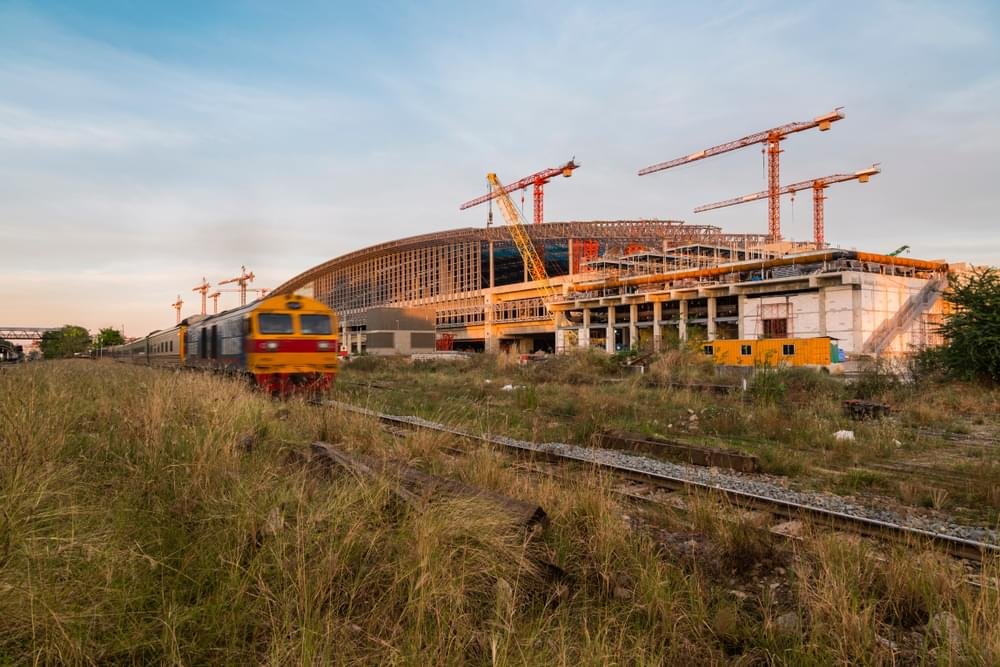
Bangsue Grand Station under construction.
Development is split into three phases. First is the completion of Bang Sue Grand Station itself, and integrating it with several new commercial and office buildings by 2024. Bidding will begin at the end of 2019 for a 32-rai Smart Business Complex, and in 2020 for a 120-rai project that includes 150,000 sq.m. of office space, 6,000 high-rise residential units, and a new SRT headquarters.
Phase Two, to be completed by 2029, will comprise a Meeting, Incentives, Conferences and Exhibition (MICE) center and sports complex known as the Super Arena, a retail shopping mall, and the ASEAN Commercial Business Hub with office and residential space. Phase Three will see 218 rai developed into “Smart City and Green Complex” housing.
The project has already stimulated a frenzy of local residential development. Over 30,000 new condominium units were added in the Bangsue – Taopoon area between 2009 and 2017, with a take-up rate of 90 percent. A survey by Government Housing Bank’s Real Estate Information Center found that local land prices in Q1 2019 had increased 38.5 percent year-on-year, among the highest jumps of any Bangkok district.
Prime Residential Hotspots?
The economic and commercial importance of these neighborhoods as Bangkok’s gateways to trade and industry, are undeniable. However, what is left to be seen is which district, will translate its buzzing commercial ecosystem into an appealing lifestyle hub that attracts and retains residents!
At present the Bangsue and Bangna lifestyles are still work-in-progress. However, if they manage to bridge convenience, comfort and lifestyle, transforming themselves into desirable residential locations, they will inevitably take-off like rockets!
Only time will tell…


